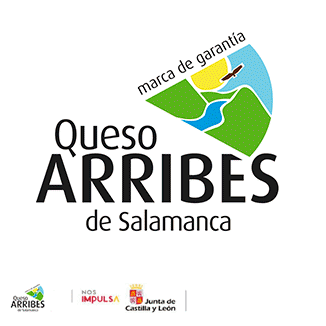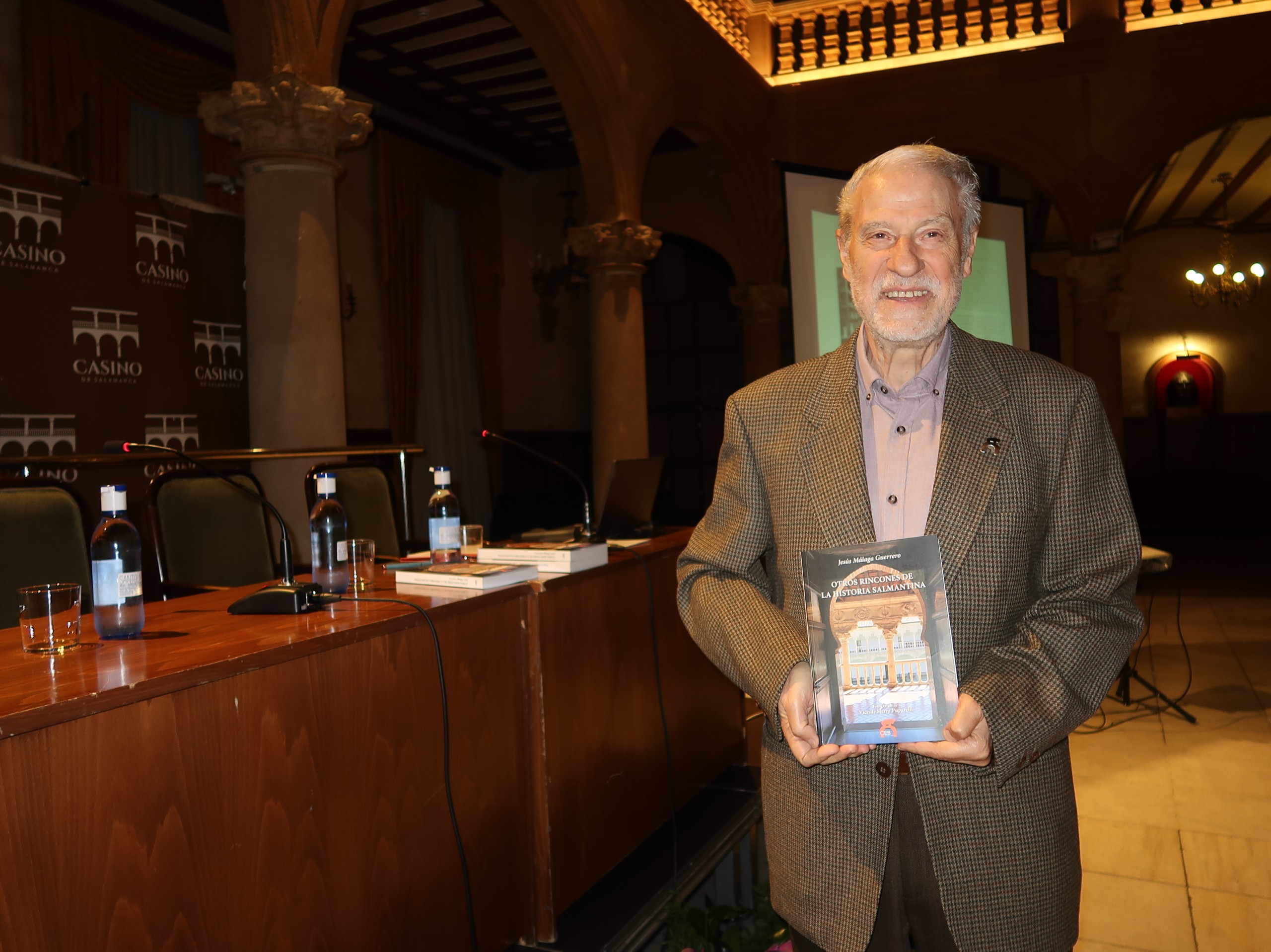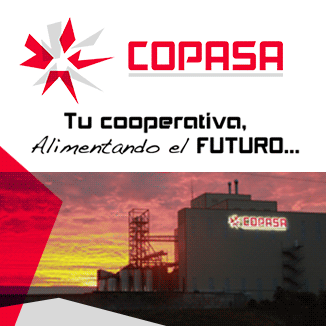ESTUDIO DE LA HUELLA AMBIENTAL DE LA ORGANIZACIÓN: OBJETIVOS Y ALCANCE
Los objetivos de cualquier programa, estudio o planificación son fundamentales para poder conseguir lo que se pretende, ya que para definirlos es necesario conocer y entender de manera profunda las necesidades y procesos de la organización, así como de los receptores del estudio. Por ello, la Unión Europea recomienda que aquellos incluyan “las aplicaciones previstas, las razones que justifican la realización del estudio y el contexto de la decisión, los destinatarios, si se va a utilizar con fines de comparaciones o aseveraciones comparativas previstas para su divulgación al público, la organización que encarga el estudio y, si procede, el procedimiento de revisión”.
Como ejemplos podemos encontrarnos: acceso a nuevos mercados, optimizar consumos, reducir las emisiones e impactos, identificar puntos críticos relacionados con el medioambiente, disponer de criterios para las decisiones estratégicas, responder a las consultas recibidas de las partes interesadas, etc.
Por otro lado, la definición detallada de lo que va a evaluarse y sus especificaciones ha de incluirse en el alcance del estudio. Así, la Comisión Europea establece que, como mínimo debe aparecer la definición de la organización (unidad de análisis) y la cartera de productos (conjunto y cantidad de bienes/servicios proporcionados durante el intervalo de notificación), límites del sistema (límites organizativos y límites de la HAO), categorías de impacto de huella ambiental y suposiciones y limitaciones.
Según esto debería indicarse el nombre de la empresa, el tipo de productos que se fabrican o servicios que se prestan, los lugares donde opera la organización y cualquier otro dato oficial que permita una clara identificación de aquello que se va a evaluar. Asimismo, la identificación y el sistema de evaluación de las actividades o procesos que provocan impactos ambientales directos e indirectos (incluidos los aspectos organizacionales), teniendo en cuenta los consumos de energía y recursos, las emisiones y vertidos de sustancias nocivas, la generación de residuos, etc. dejarán claramente establecido el alcance.
“Entender las leyes de la naturaleza no significa que seamos inmunes a sus operaciones”. (David Gerrold)
STUDY OF THE ENVIRONMENTAL FOOTPRINT OF THE ORGANIZATION: OBJECTIVES AND SCOPE
The aims of any program, study or planning are essential to achieve what is intended, since to define them it is necessary to know and understand in depth the needs and processes of the organization, as well as the recipients of the study. Therefore, the European Union recommends that those include “the intended applications, the reasons that justify the study and the context of the decision, the addressees, if it is to be used for comparative purposes or comparative assertions intended for disclosure to the public, the organization in charge of the study and, if appropriate, the review procedure”.
As examples we can find: access to new markets, optimize consumption, reduce emissions and impacts, identify critical points related to the environment, have criteria for strategic decisions, respond to inquiries received from interested parties, etc.
On the other hand, the detailed definition of what is going to be evaluated and its specifications must be included in the scope of the study. Thus, the European Commission establishes that, at a minimum, “the definition of the organization (unit of analysis) and the product portfolio (set and quantity of goods / services provided during the notification interval), system limits (organizational limits and HAO limits), environmental footprint impact categories and assumptions and limitations should appear”.
According to this, the name of the company, the type of products that are manufactured or services provided, the places where the organization operates and any other official data that allows a clear identification of what is going to be evaluated should be indicated. Likewise, the identification and evaluation system of activities or processes that cause direct and indirect environmental impacts (including organizational aspects), taking into account the consumption of energy and resources, emissions and discharges of harmful substances, the generation of waste, etc. They will clearly set the scope.
“Understanding the laws of nature does not mean that we are immune to its operations”. (David Gerrold)
Antonio González Losa























